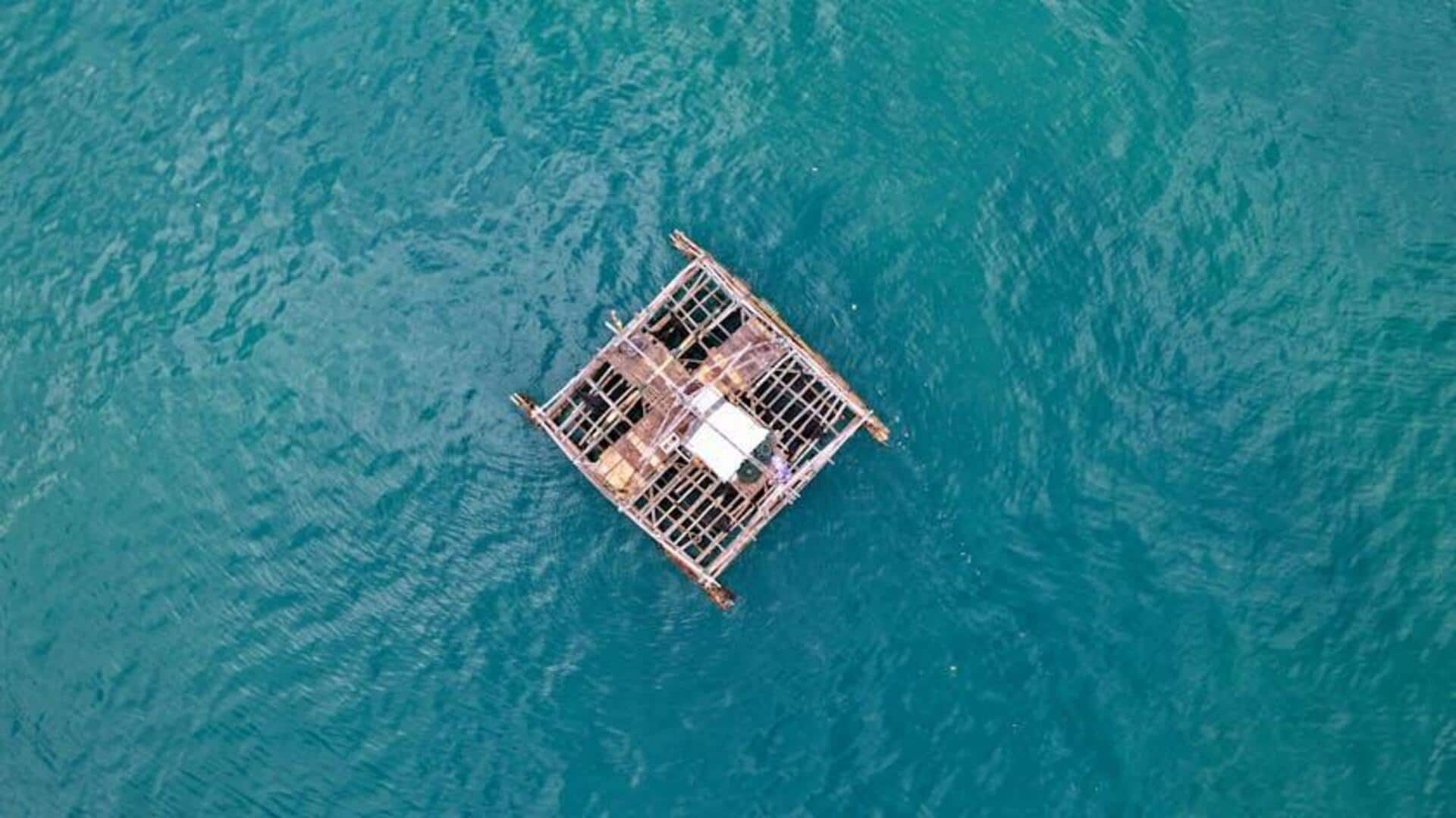
Recycled raft building: Sustainable river races
What's the story
Building recycled rafts is a new-age adventure activity that fosters creativity, teamwork, and a love for Mother Nature. You gather recyclable materials (basically junk) and then use them to build a kickass raft that can survive the wild river courses. It's not just about having fun in the great outdoors (although that's a big part of it) - you're also helping the planet by turning trash into treasure!
Materials
The basics of raft construction
The first challenge in recycled raft building is collecting materials. Everyday items like plastic bottles, old tires, leftover wood planks, and rope are popular choices. The aim is to use as much recycled material as you can to reduce the environmental impact. Encourage your participants to think outside the box and utilize resources that are easily accessible in their local community.
Planning
Designing your raft
Once the materials are collected, the real challenge begins: designing the raft. This step requires a basic knowledge of buoyancy and stability to ensure the raft can support the participants' weight and float properly. Teams typically sketch out their designs before they start building, thinking about things like weight distribution and where to place paddles for efficient movement.
Assembly
Building techniques
Teamwork is the key in raft building. You work together, using materials wisely. Tied bottles provide buoyancy, secured planks offer a platform. You make sure there are enough paddles for everyone to help propel the raft. And, safety checks are important. You don't want anyone getting hurt on sharp edges or falling off because something wasn't secure!
Competition
The race experience
The ultimate test of recycled raft building is competing in a river race against other teams. These races not only challenge the craftsmanship of each team's raft but also their ability to work together under pressure. Strategies may involve steering through calm waters for speed or utilizing currents for easier paddling.
Conservation
Environmental impact awareness
A key component of recycled raft building is fostering a sense of environmental stewardship. By constructing their rafts from recycled materials, participants gain firsthand experience in waste reduction and resourcefulness. Plus, many events feature educational workshops on water conservation and wildlife protection. They highlight the importance of preserving natural habitats for future generations.